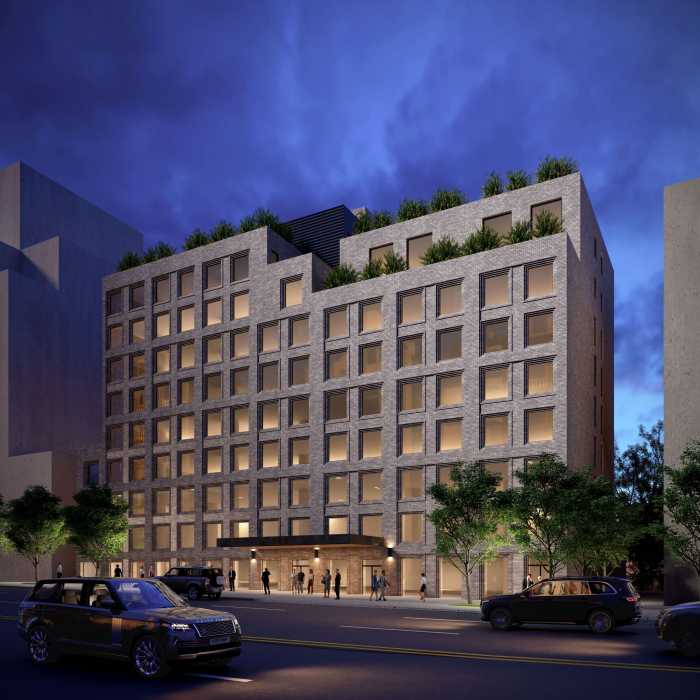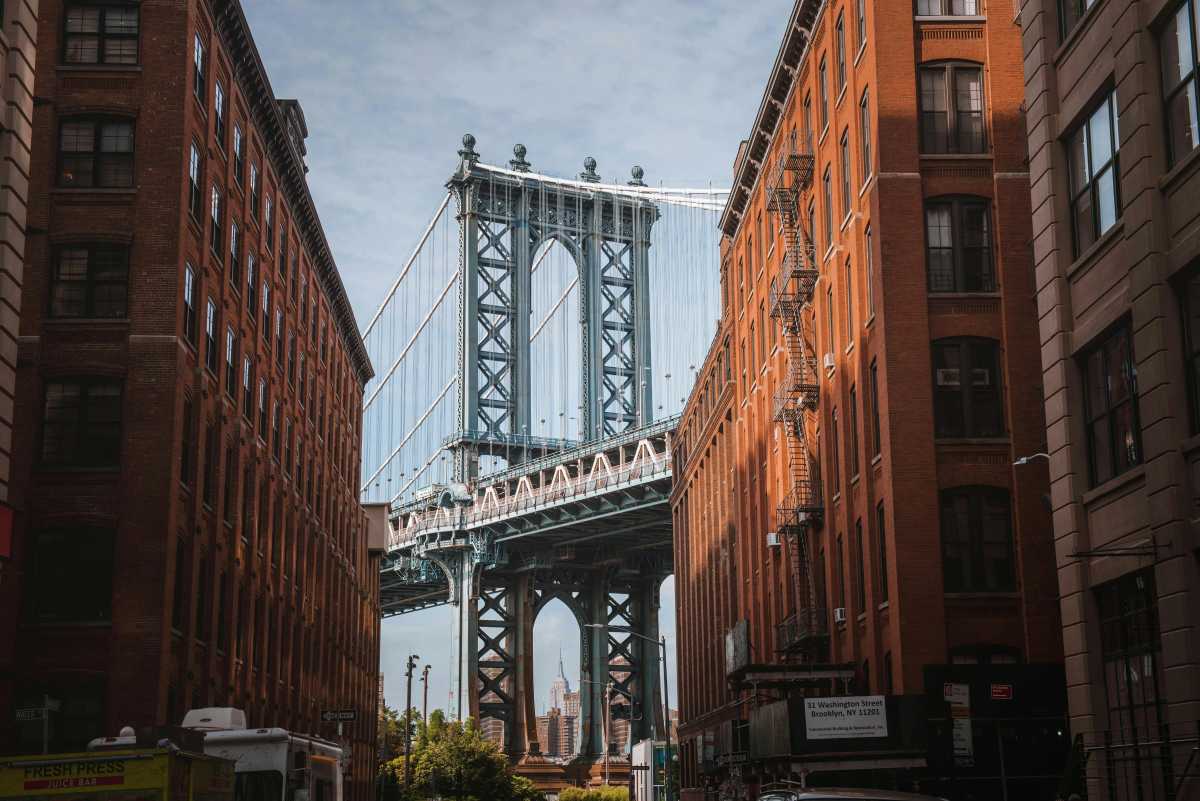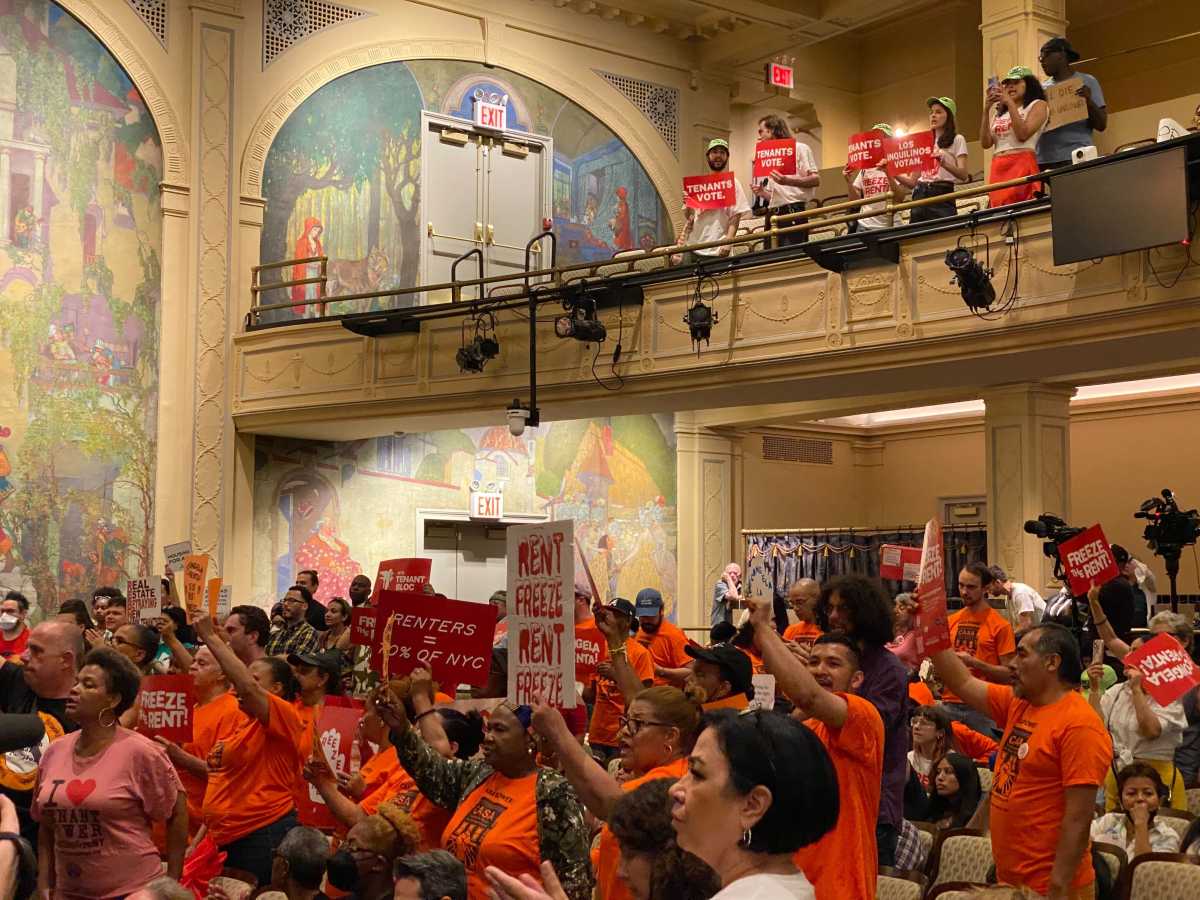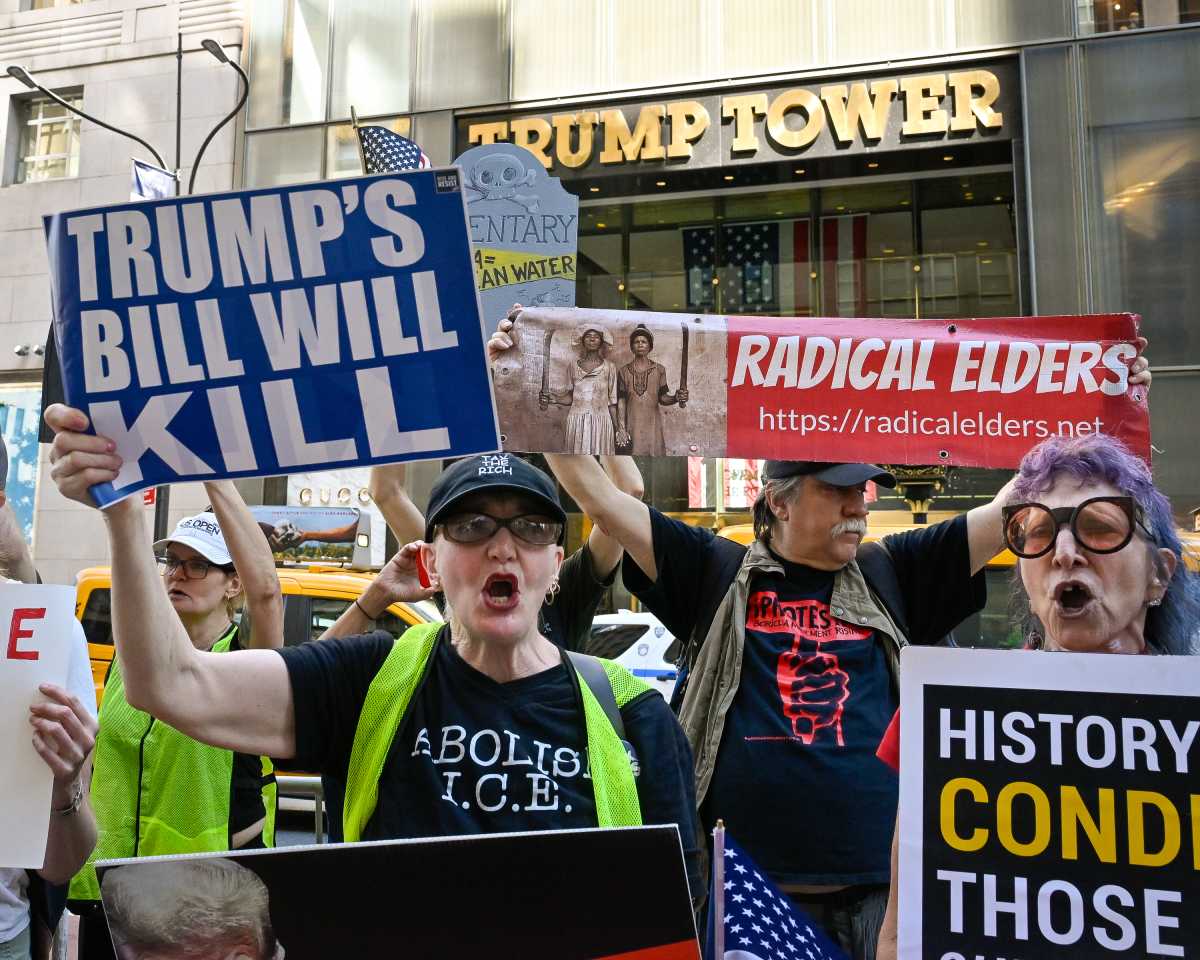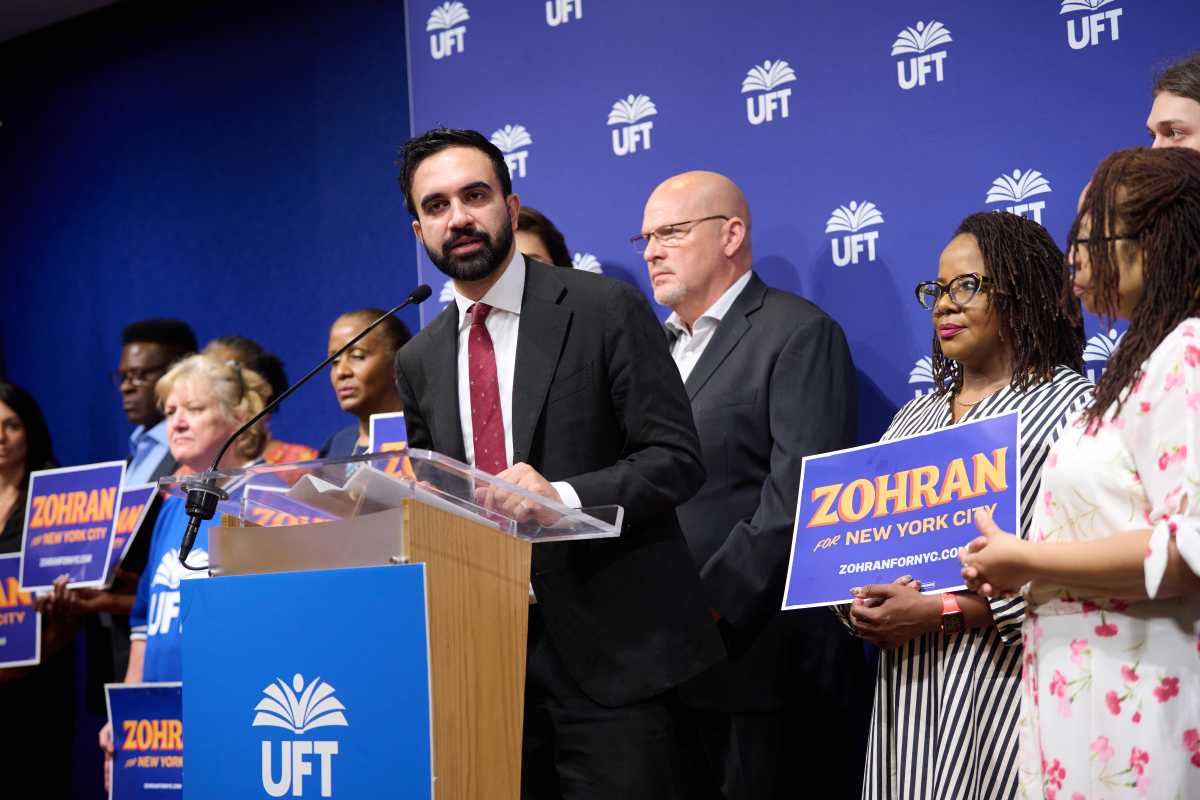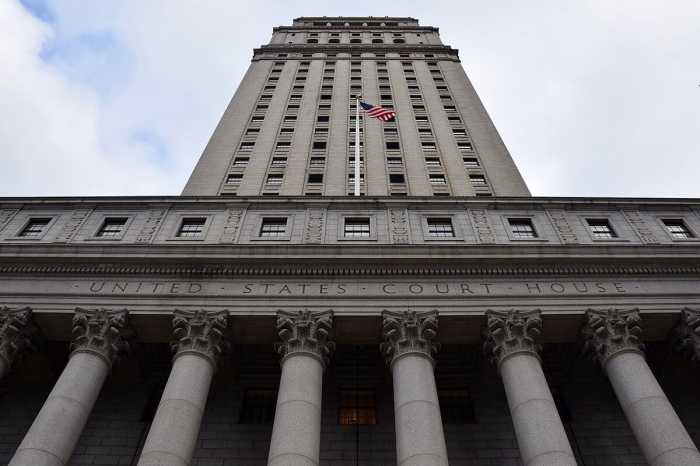An unlikely trio of Brooklyn politicians wants the city to revisit a three-year-old plan that was supposed to foment a business boom in Downtown Brooklyn, but has instead sparked a luxury apartment gold rush.
Councilwoman Letitia James (D–Fort Greene) is calling for the Bloomberg Administration to amend the Downtown Brooklyn Plan, a 2004 upzoning that sought to turn Downtown into a booming commercial district, but has lately stimulated far more residential development than anticipated.
James wants the city to now require that half of all the new residential units built under the plan be priced below-market rates.
“The Downtown Brooklyn Plan has turned out to be more residential than commercial,” said James, who voted for the unanimously passed plan three years ago. “But there were no provisions, other than on Myrtle Avenue, for affordable housing. And affordable housing needs to be included in the rezoning. It’s not too late.”
How does James know she’s onto something? None other than Borough President Markowitz, who is often at odds with the councilwoman on development issues, agreed with her.
“The time has come to revisit [the plan] in order to amend the zoning resolution to include such [affordable housing] provisions, and to fix what was started three years ago,” Markowitz said in a statement as part of an otherwise unrelated rezoning issue in Fort Greene and Clinton Hill.
Councilman David Yassky (D–Brooklyn Heights) also offered support: “Downtown is rapidly becoming out of reach for middle-income families, and that’s something we ought to be addressing.”
Indeed, luxury housing is outstripping other forms of development in the neighborhood: from the Oro condominiums on Gold Street to the redevelopment of the old Department of Education building at 110 Livingston St.; from United American Land’s planned 30-story on Willoughby Street, to AvalonBay’s 600-unit luxury “community” planned for Myrtle Avenue and Gold Street.
The high-rise boom is not what the city said it envisioned when it developed the Downtown Brooklyn Plan, which it described as a way of keeping city businesses from fleeing to New Jersey and elsewhere after 9-11. “Downtown Brooklyn is a key part of New York City’s strategy for growth by providing an affordable option for businesses and a competitive alternative to New Jersey,” the plan stated.
But the plan evolved because “developers have concluded they can make more money building residential than commercial,” said Brad Lander, the director of the Pratt Center for Community Development.
Still, Lander was doubtful the city would follow James’s advice.
“That’s a lovely thing to call for, but I think it’s extremely unlikely that the Bloomberg Administration will agree to it,” said Lander.
“They’ve consistently opposed it. They prefer an approach that is based on incentives.”
City Planning would only confirm that James would soon meet with Purnima Kapur, the agency’s Brooklyn director. A spokeswoman would not talk about the substance of James’s proposal.
Meanwhile, the Brooklyn Downtown Partnership, the quasi-governmental agency that’s overseeing development in Downtown Brooklyn, argued that it was already doing plenty to support affordable housing.
“[We have] been working with the private development community to include affordable housing in all current and future projects,” said Joe Chan, president of the Partnership.
But the Partnership can only “educate” developers — it lacks any legal leverage.
The Partnership contends that 3,000 of the planned 17,000 new units in the pipeline will be affordable housing, but Chan’s spokesman, Shane Kavanagh, declined to give details at this point.


